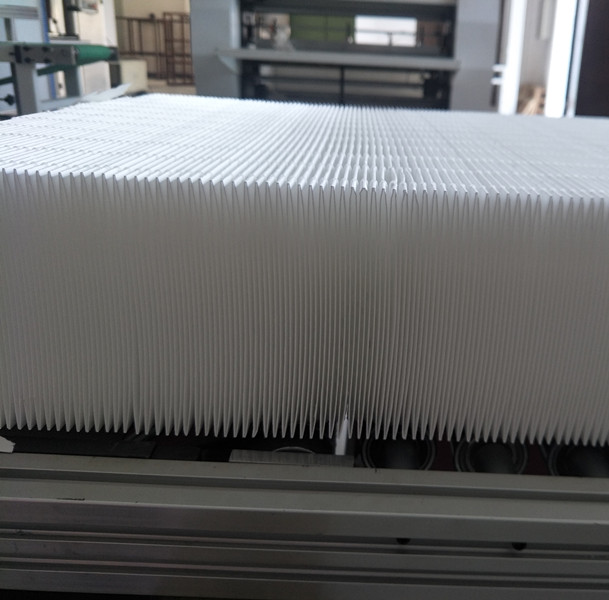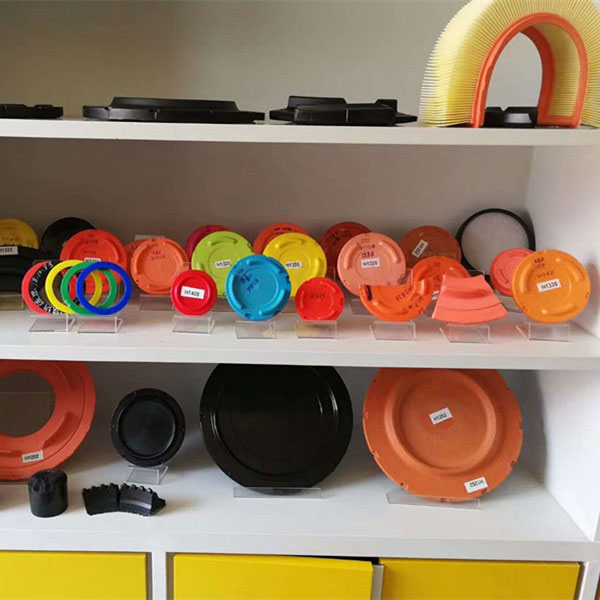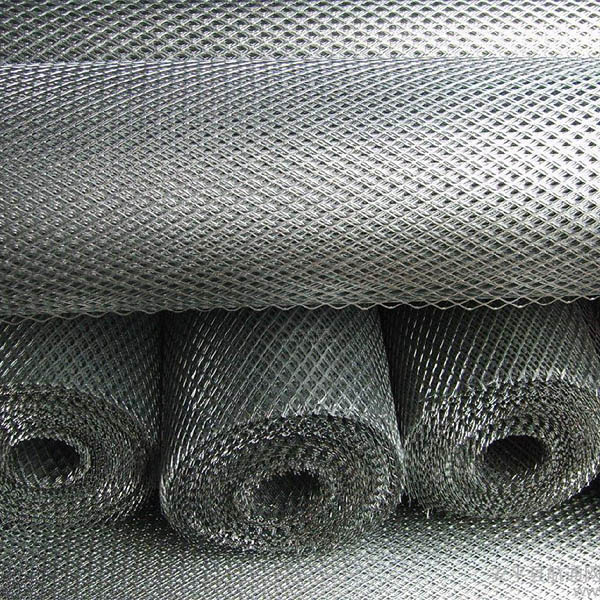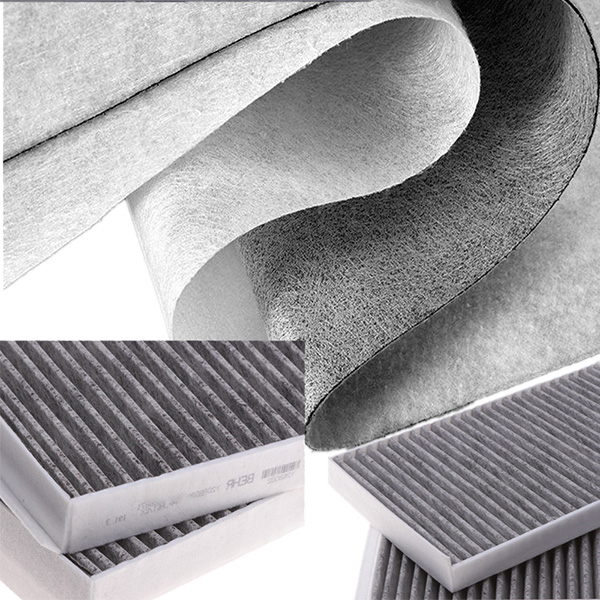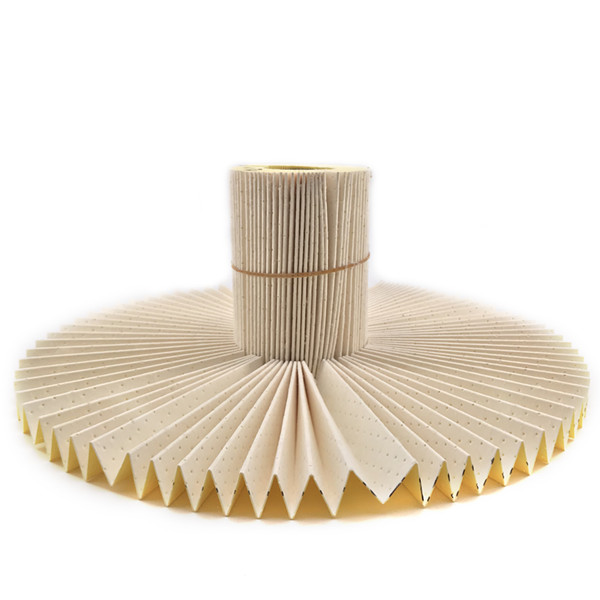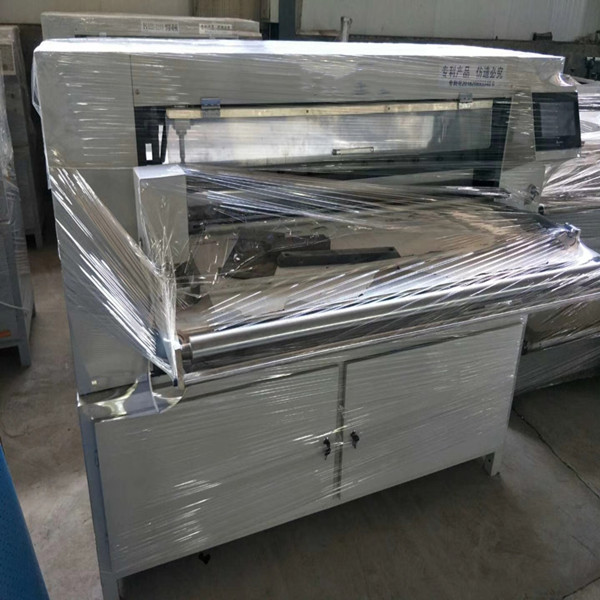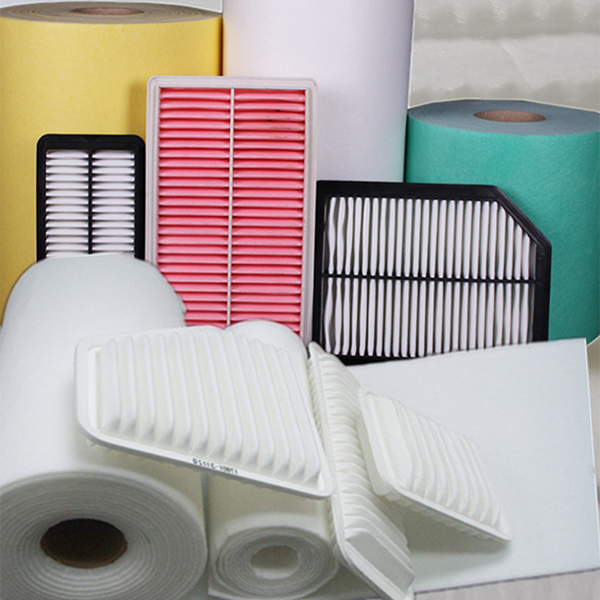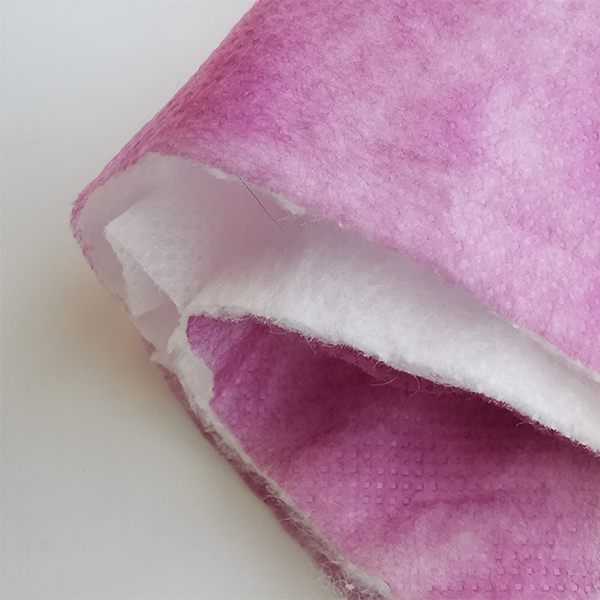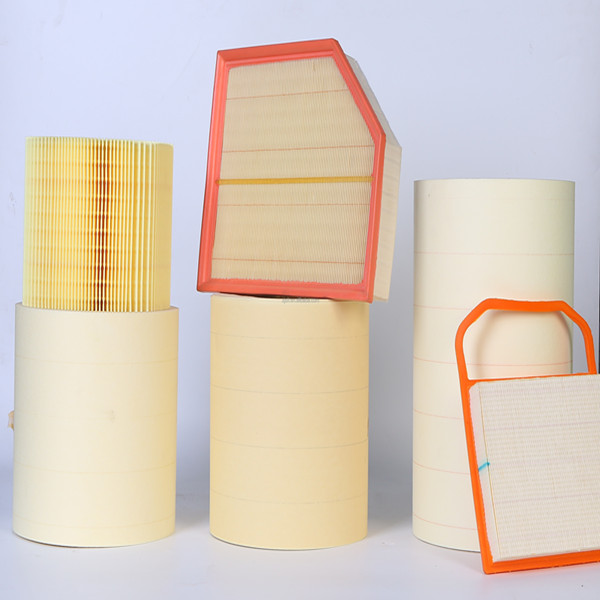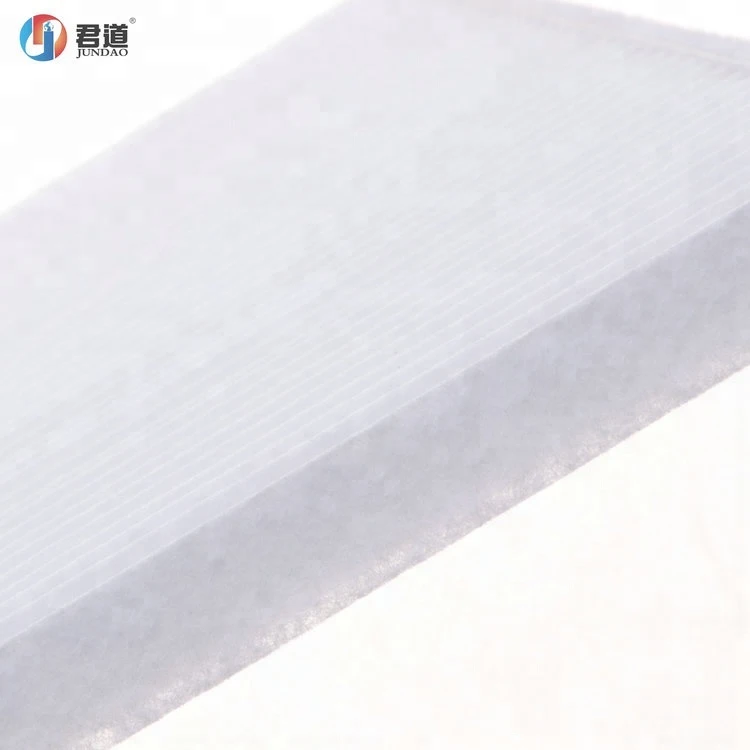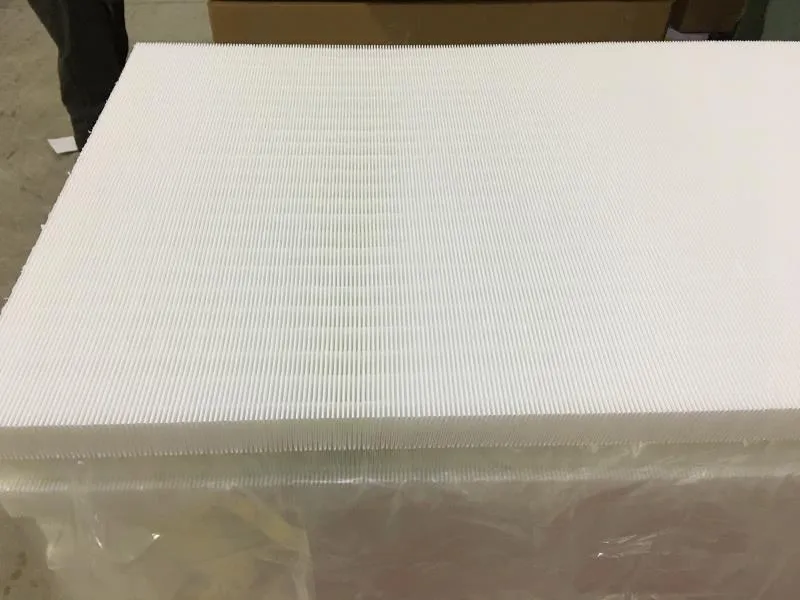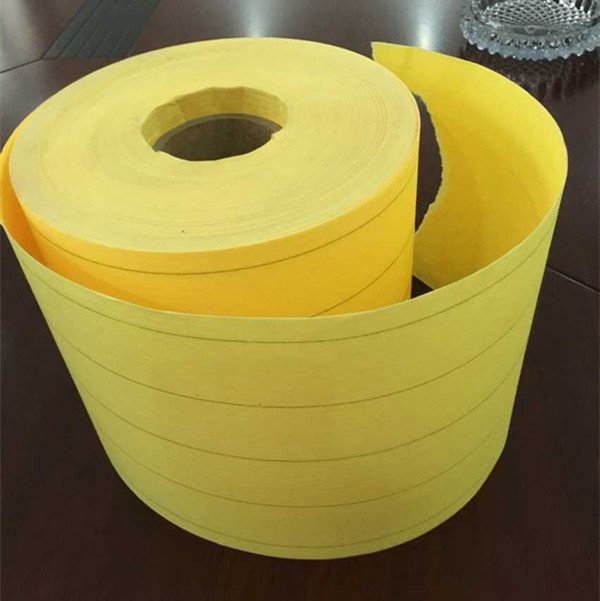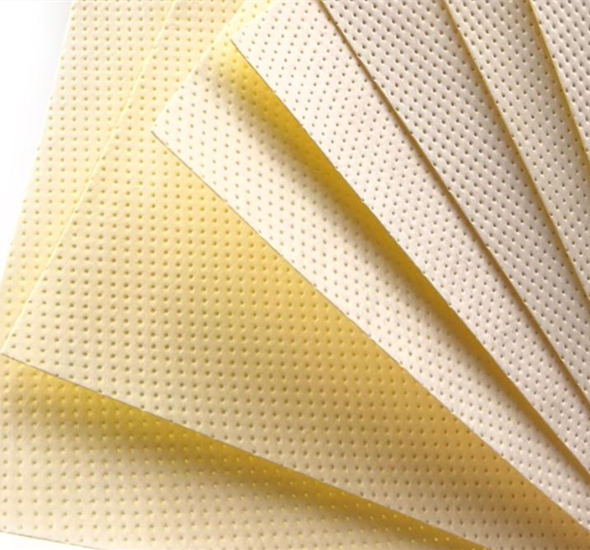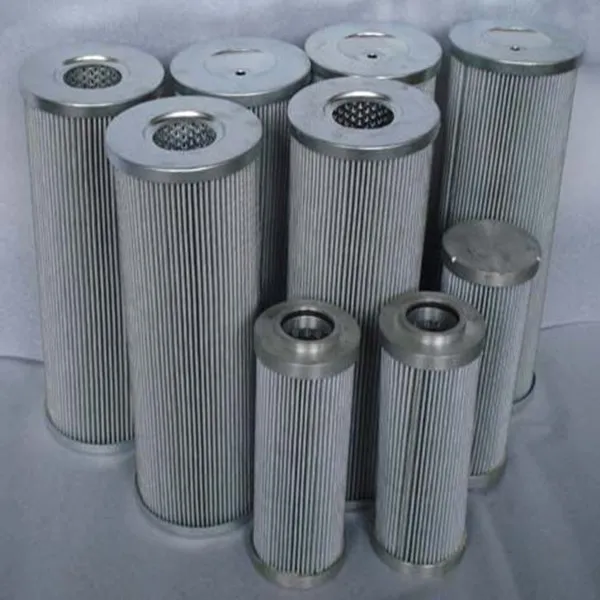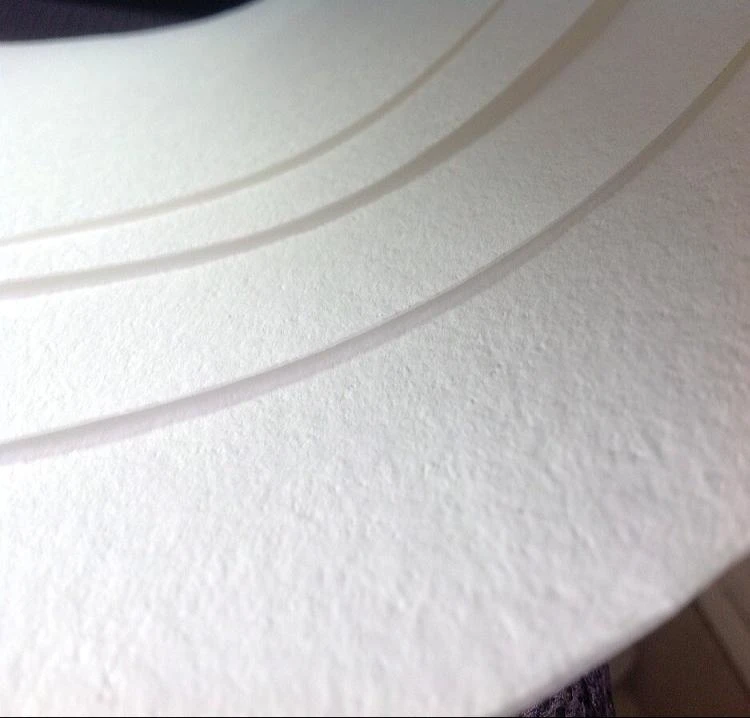Οι δημόσιες συγκοινωνίες έχουν γίνει ένας νέος κρυφός χώρος κινδύνου για νέα λοίμωξη από πνευμονία και ο κίνδυνος μετάδοσης είναι υψηλός. Υπήρξαν πολλές περιπτώσεις μετάδοσης και ασθενειών που προκλήθηκαν από τη μεταφορά με λεωφορείο, ταξί και μετρό. Κατά την περίοδο πρόληψης και ελέγχου της επιδημίας, εκτός από την ενίσχυση της πρόληψης και της διαχείρισης ελέγχου επιδημιών στον τομέα των μεταφορών (όπως η απόσταση θέσεων, η μείωση των πωλήσεων εισιτηρίων κ.λπ.) και η μείωση του κινδύνου μετάδοσης του ιού στα μέσα μαζικής μεταφοράς, η οδήγηση έχει γίνει ο ασφαλέστερος τρόπος μετακίνησης.
Είναι όμως πραγματικά αλάνθαστο να ταξιδεύεις με αυτοκίνητο;
Στην πραγματικότητα, αν και η οδήγηση ιδιωτικού αυτοκινήτου μπορεί να μειώσει αποτελεσματικά την πιθανότητα επαφής με ασθενείς με νέα στεφανιαία πνευμονία σε σύγκριση με μετρό και λεωφορεία, αλλά επειδή το ίδιο το αυτοκίνητο είναι ένα κλειστό περιβάλλον, όταν ο επιβάτης έχει ένα μολυσμένο άτομο, μπορεί να μολυνθείτε. Το σεξ είναι επίσης πολύ αυξημένο. Επομένως, αν και η οδήγηση είναι ως ένα βαθμό ο ασφαλέστερος τρόπος μεταφοράς, δεν πρέπει να αγνοούμε τα απαραίτητα προστατευτικά μέτρα κατά την οδήγηση οχήματος. Εκτός από τα μέτρα ασφαλείας που αναφέρονται εδώ, πρέπει ακόμα να μειώσουμε τη στενή επαφή και να συνεχίσουμε να φοράμε μάσκες. Πώς να λύσετε το πρόβλημα της αύξησης της πιθανότητας μετάδοσης του ιού από τον αέρα σε ένα κλειστό περιβάλλον αυτοκινήτου από την πηγή αξίζει περισσότερο να διερευνηθεί, επειδή αυτό δεν συμβαίνει μόνο κατά τη διάρκεια της επιδημίας. Πρέπει να σκεφτούμε μέτρα ασφαλείας. Εκτός της επιδημίας, η ποιότητα του εσωτερικού αέρα των αυτοκινήτων είναι επίσης στενά συνδεδεμένη με την υγεία και την άνεσή μας.
How to improve the air quality in the car? In-car air quality has always been the focus of consumers’ attention. The new car quality research (IQS) report of the world’s authoritative research organization J.D. Power shows that car interior odor has become the first dissatisfaction in the Chinese market for many years. The main factors affecting air safety in the car are: 1. Air pollution outside the car. Car exhaust, PM2.5, pollen and other harmful suspended particles sneak into the car through the car window or air conditioning system. 2. Interior materials. There are a large number of non-metallic parts that are easy to volatilize in the car, such as plastic door panels, leather seats, and damping panels. There are 8 common volatile organic compounds in vehicles, and clear limits are given for these 8 substances in the national standard GB/T 27630-2011 “Guidelines for Air Quality Evaluation of Passenger Cars”. Serial number project Restriction requirements (mg/m³)
1 benzene ≤0.11
2 Toluene ≤1.10
3 Xylene ≤1.50
4 Ethylbenzene ≤1.50
5 Styrene ≤0.26
6 formaldehyde ≤0.10
7 Acetaldehyde ≤0.05
8 Acrolein ≤0.05
In order to solve the peculiar smell in the car and improve the air safety in the car, it is necessary to increase the cycle purification link in the closed car environment, and there is no doubt that the car air conditioning filter has become an important responsibility. The car air conditioner provides the original power for the exchange of indoor and outdoor air, but in order to satisfy the purification of the indoor circulating air, the outdoor air enters the car after being filtered. The filter becomes an essential artifact for the car owner! The small body shows great power, creating a safe and reliable space in the car, allowing car owners to enjoy healthy breathing at all times. Editor’s reminder: In order to avoid secondary pollution of the car air conditioner filter, generally speaking, it should be replaced after two to three months of use (the specific replacement frequency can be considered according to the actual frequency of use)

